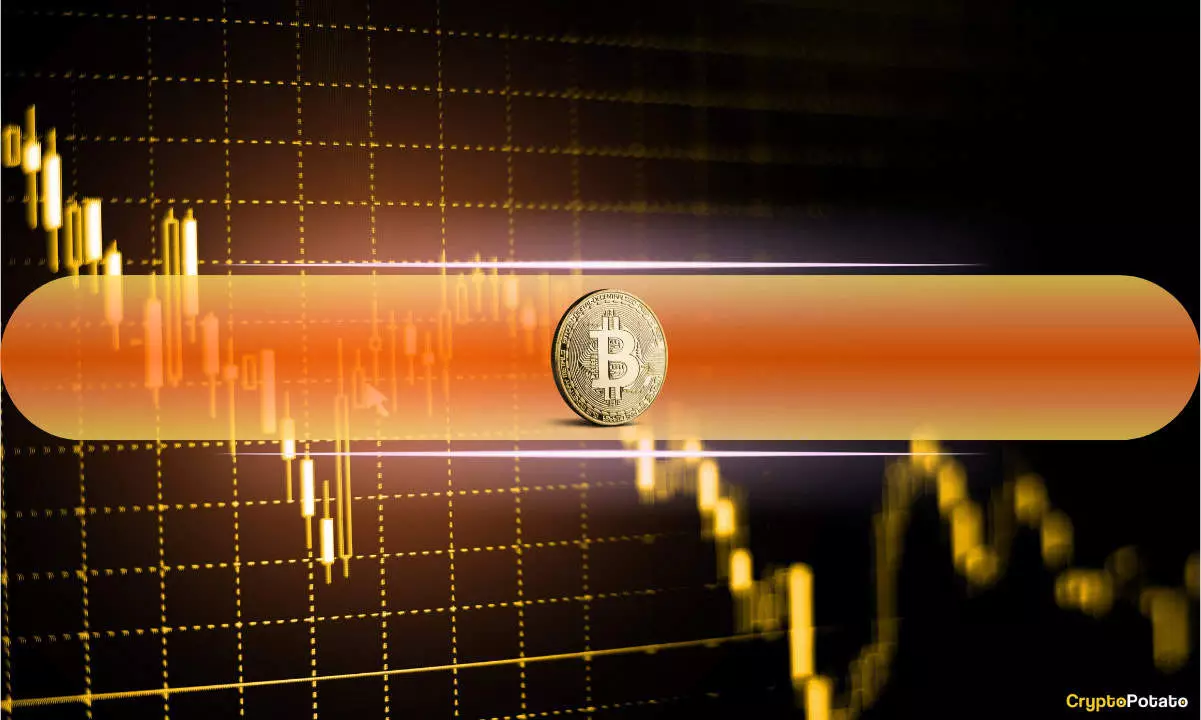The intertwining relationship between inflation and cryptocurrency markets has stirred significant conversation among investors and analysts alike. Recent revelations concerning inflation in the U.S. have left the crypto community in a state of fluster, notably affecting Bitcoin, the flagship cryptocurrency. This article digs deeper into the inflation scenario, Bitcoin’s tumultuous behavior, the implications for investors, and the broader cryptocurrency landscape.
In the wake of the U.S. Consumer Price Index (CPI) report unveiling higher-than-expected inflation, the cryptocurrency market faced immediate reactions. Inflation rose by 0.5% month-over-month, pushing the annual rate to 3.0%, slightly above the anticipated 2.9%. Such figures, particularly when compared to the core CPI figure of 3.3%, signal the heightened economic pressures affecting both traditional and digital assets. Investors’ fears are palpable; with inflation mounting, concerns arise about the Federal Reserve’s monetary policy direction and interest rates.
This climate has set the stage for volatility within the crypto sphere. Notably, Bitcoin’s initial drop to $94,000 became a focal point for market analysis, as it swiftly staged a recovery to approximately $98,000 before settling around $96,000. This seesaw action reflects investors’ quick sentiment shifts, likely caused by heightened discussions surrounding CPI in various online forums such as X, Reddit, and Telegram. With discussions about inflation peaking at levels not seen in 15 months, a pattern appears to outline the market behavior where traders seem keen to “sell the rumor, buy the news.”
Jumping into the strategies employed by market players, aspects concerning whale investors become crucial. Wealthy individuals or “whales” are poised to exploit the fluctuations caused by retail investor fear and uncertainty (FUD). As the retail segment reacts nervously to macroeconomic indicators, whales might use this opportunity to accumulate more assets at a lower price, consolidating their positions ahead of market recovery.
Recent insights from analytics firms, such as Santiment, suggest that informed insiders likely anticipated the rise in inflation, enabling swift reactions that led to a rebound shortly after the CPI data release. These moves underscore a classic divide between retail investors and more seasoned traders who can leverage timely information to steer market dynamics.
The Federal Reserve’s decisions are critical in shaping market stability and investor confidence. After a prolonged period of interest rate cuts throughout 2023 and into 2024, the abrupt pause during the recent FOMC meeting left many analysts and traders baffled. A stop in these cuts, often associated with market stimulation, adds to concerns over a potentially protracted inflationary period. According to some reports, if the Federal Reserve continues presenting disappointing economic metrics, retail traders might exit the crypto markets en masse, contributing to an adverse atmosphere plagued by FUD.
Reminiscent of the sharp rate hikes experienced in 2022, which set off a significant correction in the crypto market, many now wonder if a repeat of such drastic indecision looms on the horizon.
Looking ahead, analysts indicate that state-level legislative proposals for Bitcoin reserves could inject substantial cash into the cryptocurrency ecosystem, potentially stabilizing or even enhancing Bitcoin’s value. With 19 states considering such initiatives, estimations show that these plans could lead to approximately $23 billion in Bitcoin purchases, eclipsing the U.S. government’s own holdings significantly. The prospect of legislative backing ignites optimism—the fear of inflation could be met with a perfectly timed wave of institutional interest.
However, should these bills pass, it could present a formidable challenge to the current trends in market sentiment dominated by inflationary fears, potentially repricing Bitcoin and other cryptocurrencies in favor of projecting growth.
The extraordinary dynamics of the crypto market amidst rising inflation illustrate just how entwined economic indicators are with digital asset performance. While retail investors remain cautious—caught in a web of speculation and anxiety—whales continue to navigate the trade landscape with clarity and intention. The evolving legislative landscape regarding Bitcoin reserves could herald significant change in market fundamentals. In this intricate dance of economics and investment, only time will reveal the true impact on cryptocurrencies, marking perhaps yet another chapter in the colorful saga of digital finance.
















Leave a Reply